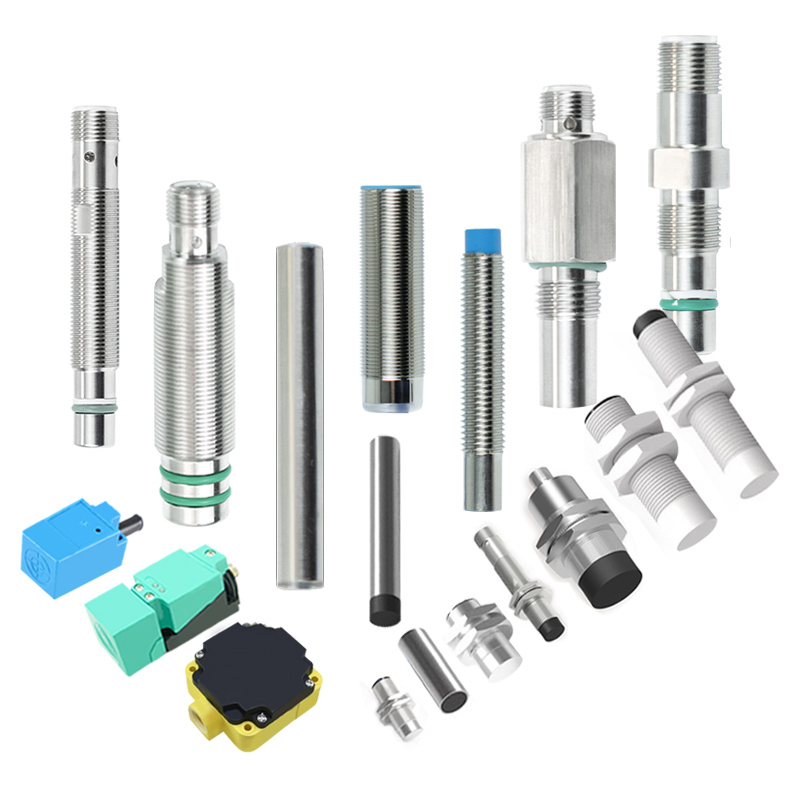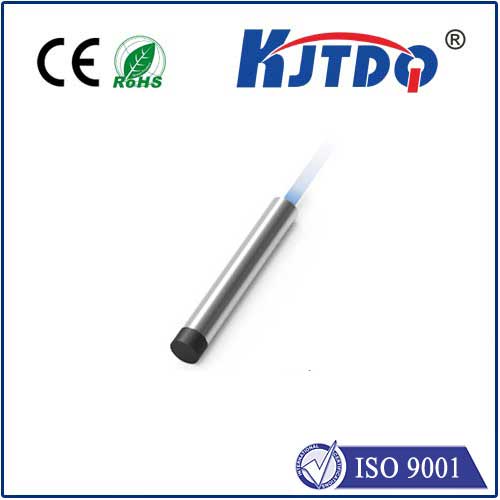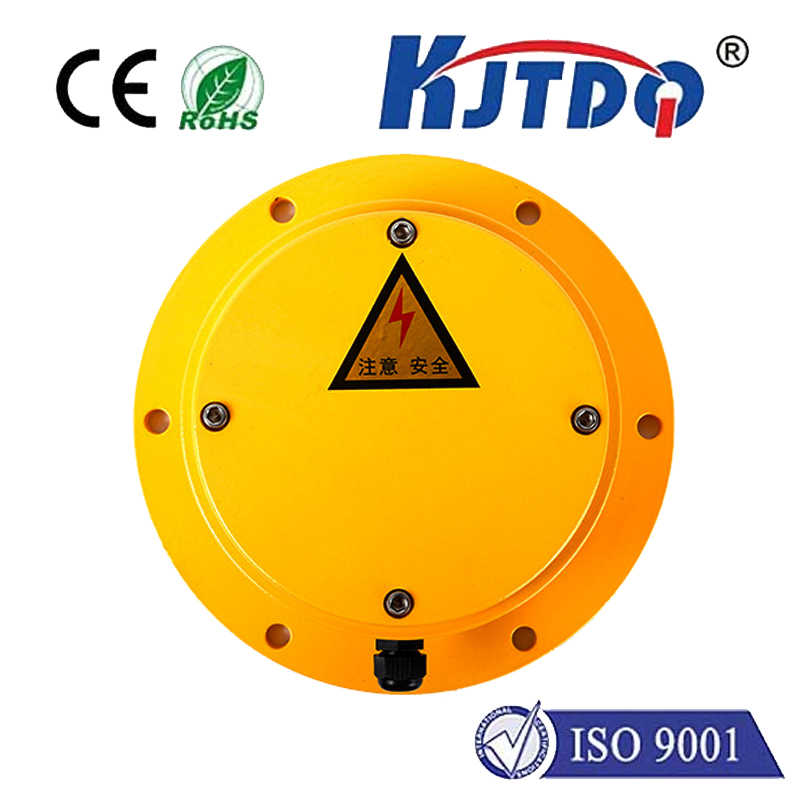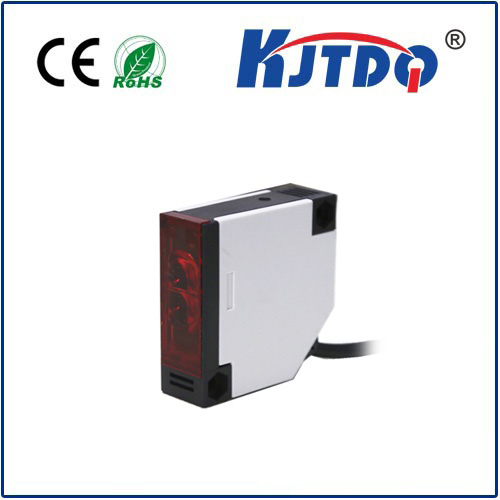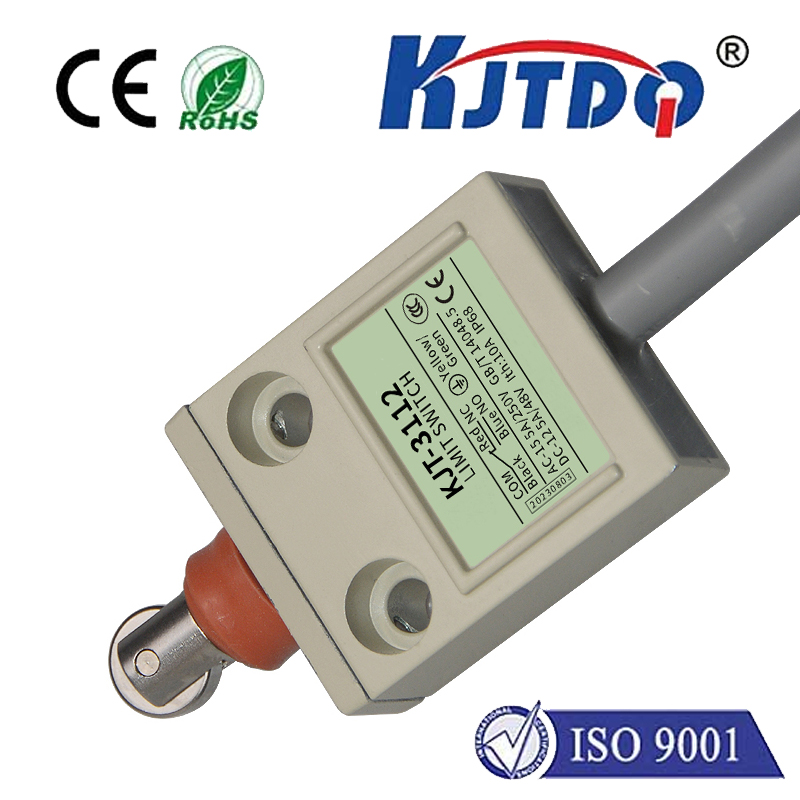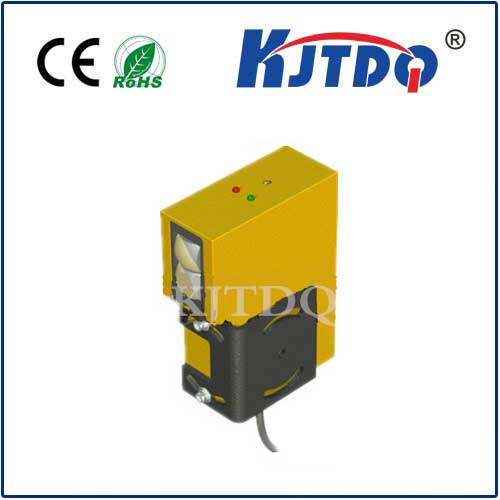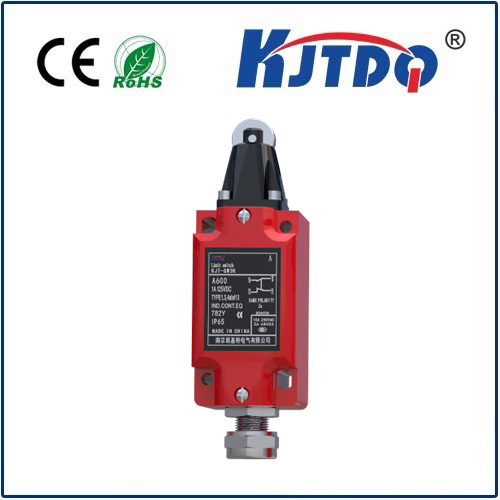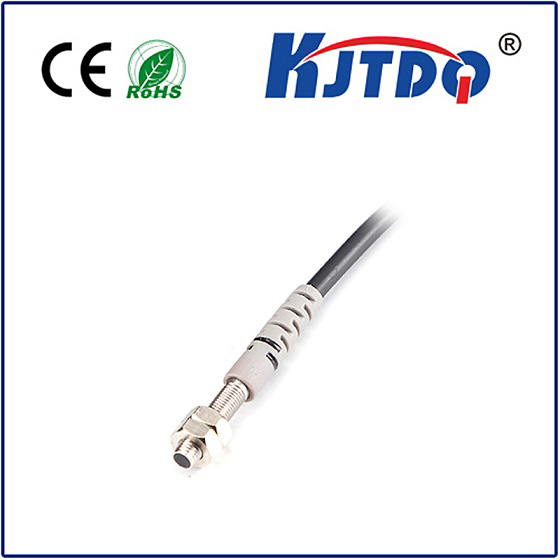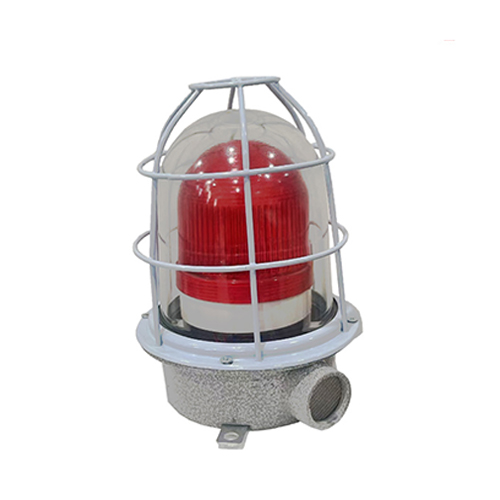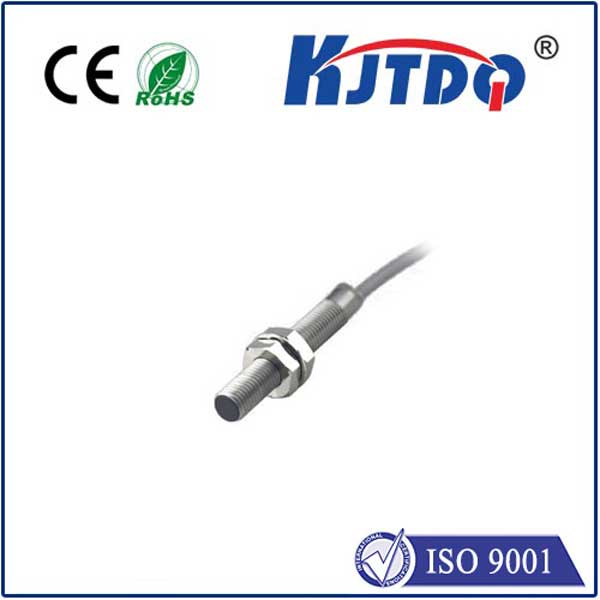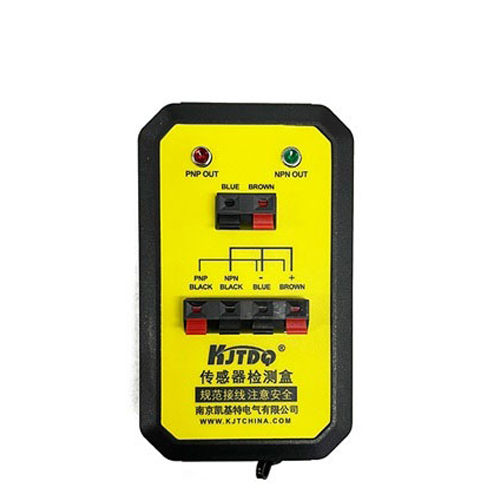РЛС радиолокационный датчик приближения
- time:2025-07-02 03:13:06
- Нажмите:0
Beyond Touch: How Radar Proximity Sensors Are Redefining Spatial Awareness
Imagine navigating a dense fog where every other sense fails. Objects loom unseen until it’s dangerously late. For machines, robots, and vehicles operating in challenging environments, traditional proximity sensing often faces similar limitations. Radar proximity sensors, leveraging the same fundamental principles used in aviation and maritime navigation, are cutting through this obscurity, offering unparalleled reliability and versatility in detecting objects, measuring distance, and even tracking speed – all without physical contact. This technology is rapidly moving beyond niche applications to become a cornerstone of modern automation, safety systems, and smart interactions.
The Core Advantage: Seeing Through the Noise
Unlike common alternatives like infrared (IR) or ultrasonic sensors, radar proximity sensors operate using radio waves in the microwave or millimeter-wave (mmWave) spectrum. This fundamental difference unlocks critical benefits:
- All-Weather & All-Light Performance: Radio waves travel effectively through rain, fog, dust, smoke, snow, and complete darkness. Where optical sensors struggle or fail, radar sensors provide consistent, reliable data. This makes them indispensable for outdoor applications, harsh industrial environments, and critical safety systems.
- Material Penetration: Radar waves can penetrate certain non-metallic materials like plastics, glass, and thin walls. This unique capability allows sensors to be mounted behind protective covers or detect objects obscured by specific barriers, opening up novel design possibilities and protecting the sensor itself.
- Precise Distance & Velocity Measurement: Modern radar proximity sensors, particularly those using Frequency Modulated Continuous Wave (FMCW) technology, don’t just detect presence. They accurately measure distance to a target and crucially, its relative velocity using the Doppler shift principle. Knowing if an object is approaching, receding, or stationary adds a vital layer of contextual information.
- Resilience to Environmental Factors: They are largely unaffected by target surface color, texture (glossy/matte), or ambient lighting conditions (sunlight glare, shadows) that can plague optical sensors. Temperature variations also have minimal impact compared to ultrasonic sensors.
Radar vs. Alternatives:
| Особенности |
Radar Proximity Sensor |
Infrared (IR) Sensor |
Ultrasonic Sensor |
| Environment |
Rain, Fog, Dust, Dark |
Affected by Light |
Affected by Wind/Temp |
| Material Penetration |
Limited Non-Metallic |
Нет. |
Нет. |
| Detects |
Presence, Distance, Speed |
Presence |
Presence, Distance |
| Surface Sensitivity |
Low |
High (Color/Texture) |
Medium |
| Beam Control |
Good (Directional) |
Narrow Cone |
Wide Cone |
| Cost |
Moderate to High |
Low |
Low to Moderate |
Where Radar Proximity Sensors Shine: Key Applications

The unique strengths of radar technology make it the preferred choice in increasingly diverse scenarios:
- Automotive Safety & ADAS: This is arguably the most visible application. Radar proximity sensors form the backbone of systems like:
- Adaptive Cruise Control (ACC): Maintaining a safe distance from the vehicle ahead, even in poor visibility.
- Automatic Emergency Braking (AEB): Detecting imminent collisions and applying brakes automatically.
- Blind Spot Detection (BSD) & Rear Cross Traffic Alert (RCTA): Monitoring areas outside the driver’s direct line of sight.
- Parking Assistance: Providing precise distance measurements during parking maneuvers. Their ability to measure speed is critical for predicting potential collision trajectories.
- Industrial Automation & Robotics:
- Machine Safety: Creating reliable safety zones around hazardous machinery (e.g., presses, robotic arms), triggering shutdowns if personnel enter the protected area.
- Collision Avoidance for AGVs/AMRs: Enabling autonomous guided vehicles and mobile robots to navigate complex, dynamic environments safely by detecting static and moving obstacles, even in dusty warehouses.
- Level & Fill Measurement: Non-contact monitoring of material levels in bins, silos, or tanks through walls or in dusty conditions.
- Position Sensing & Control: Precise detection of object presence and position on conveyor lines or assembly processes.
- Smart Infrastructure & Buildings:
- Automatic Doors & Gates: Triggering opening reliably regardless of lighting or weather, offering a hygienic touchless solution.
- Occupancy Sensing: Accurately detecting people in rooms for smart lighting, HVAC control, or security systems, avoiding false triggers caused by pets or sunlight.
- Traffic Monitoring: Vehicle detection and speed measurement for adaptive traffic light control or traffic flow analysis.
- Intruder Detection: Perimeter security applications where traditional PIR sensors might be fooled by wildlife or environmental factors.
Understanding the Technology: FMCW Radar
Most modern high-performance radar proximity sensors utilize FMCW radar. Here’s a simplified breakdown:
- Transmit: The sensor continuously emits a radio signal whose frequency increases linearly over time (a “chirp”).
- Reflect: This signal hits a target object and is reflected back towards the sensor.
- Receive & Mix: The reflected signal (delayed due to travel time) is received and mixed with the currently transmitted signal.
- Beat Frequency: Due to the frequency ramp, the reflected signal has a slightly different frequency than the signal being transmitted at the exact moment of reception. Mixing creates a lower-frequency “beat” signal.
- Analysis: The frequency of this beat signal is directly proportional to the distance to the target. If the target is moving relative to the sensor, a Doppler shift also occurs in the received signal, causing a shift in the beat frequency that reveals the target’s relative speed. Sophisticated signal processing extracts both distance and velocity data.
The Future: Smaller, Smarter, More Integrated
The evolution of radar proximity sensors is rapid. Key trends include:
- Miniaturization: Advances in semiconductor technology (like SiGe or CMOS radar chips) enable incredibly compact sensor modules, fitting into smartphones, wearables, and smaller IoT devices for gesture control or context awareness.
- Improved Resolution & Accuracy: Higher frequency mmWave bands (e.g., 60 GHz, 77-81 GHz) allow for finer spatial resolution, distinguishing smaller objects and enabling more precise mapping.
- Sensor Fusion: Combining radar data with inputs from cameras, LiDAR, or ultrasonic sensors creates a more robust and comprehensive environmental perception system, crucial for autonomous vehicles and advanced robotics. Sensor fusion leverages the strengths of each technology while mitigating individual weaknesses.
- AI & Machine Learning Integration: Enhanced processing capabilities allow sensors to classify detected objects (person, vehicle, animal) or learn and adapt to specific environmental patterns, reducing false alarms and increasing intelligence.
Overcoming Challenges
While powerful, radar proximity sensors aren’t without challenges. They can be more expensive than simpler IR or ultrasonic sensors, though prices are steadily decreasing. Radar clutter from unwanted reflections (ground, walls, other objects) requires sophisticated filtering algorithms. Designing effective antennas and ensuring electromagnetic compatibility (EMC) can also add complexity. However, ongoing R&D is continuously improving performance and addressing these limitations.
The Unseen Sentinel
Radar proximity sensors operate silently and unseen, providing a crucial layer of spatial intelligence that enhances safety, efficiency, and automation across countless domains. From preventing collisions on the highway to ensuring worker safety in a factory, enabling touchless building access, or guiding autonomous robots,


